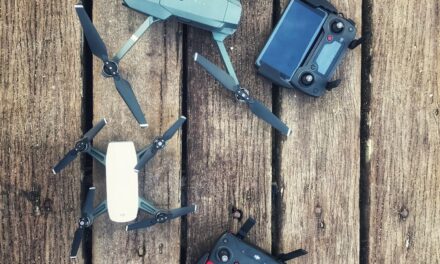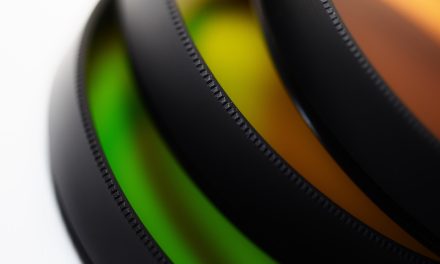A UV filter is an ultraviolet ray-blocking glass filter that fits around the front of your camera. While they were formerly required for film photography, most photographers now utilize them to shield their lenses.
There is a lot of false information out there concerning UV filters. Some photographers firmly believe they are necessary, while others hold the opinion that they are a complete waste of money. Salespeople at certain camera stores won’t allow you to purchase new lenses unless you also pay for a UV screen; in other stores, if you try to buy one, they’ll laugh you out the door. What then is the truth? Let’s investigate.
The Function of a UV Filter
As UV light reaches the lens, a UV filter stops it. Imagine it as sun protection for your camera. A blue haze would appear in your images if you didn’t use a UV filter since certain ancient photographic films were extremely sensitive to UV light. This was especially typical if you were photographing in an area with a lot of Ultraviolet rays, such as on a bright day or at a high altitude.
Modern digital sensors and films aren’t sensitive to UV radiation, which is the issue. They have not been affected in the same manner that older movies are. This implies that taking high-quality images does not need a Pv filter to prevent UV radiation. This hasn’t, however, prevented UV filters from having a second purpose as a lens protector. If you don’t additionally purchase an Ultraviolet filter to protect it, some camera stores won’t allow you to leave with a new lens.
Does Your Lens Have UV Protection?
The main notion is that if you drop your $2,000 lens, your $35 UV filtration will shatter rather than the lens’ front element. Instead of sending a lens off to potentially be fixed, it is far simpler to just buy a different filter. Unfortunately, while the concept is fine in principle, it falls flat in reality.
Drop testing a variety of lenses and lens filters by Backcountry Gallery’s Steve Perry revealed that the filters provide little to no additional protection.
The most important lesson learned by Perry was that UV filters’ glass was much weaker than just the pipe used in lenses’ front elements, causing the filters to cut from drops that wouldn’t even scratch a lens, whether or not one had a filter on it. Additionally, if a lens was struck hard enough to destroy the front element, there was often severe interior damage. The lens was already dead even in those rare instances when the UV filter may have shielded the front element.
As a result, if you drop a lens with a UV filter on it and the screen breaks, but the lens is unchanged, all you likely did was shatter a filter. Any technique would have been good for the lens. Additionally, a UV filter wouldn’t have protected your lens if you dropped it without one and broke.
This does not imply that UV protection is nonexistent. Simply put, it indicates that they provide little protection from heavy drops. They work well to shield your lens from little environmental dangers like sand, sea spray, scratches, and dust.
UV Filters’ Optical Effects
One other thing to keep in mind concerning UV filters: adding more glass to your lenses can lower the quality of your images.
Approximately 0.1 and 5 percent of the transmitted light through UV filters is obstructed. This significantly lessens the clarity and color of your photographs due to how the light combines with your filter. It’s a little effect that can be easily removed in Powerpoint, but it does exist. In low-quality filters from unknown companies it is also worse. Hoya, B+W, Bayer, Canon, and Nikon filters had the least noticeable effects, while Tiffen filters had the most noticeable effects.
More seriously, if you’re photographing a location with a strong light source, UV filters increase the likelihood that your photographs may have lens flare or ghosting. You may detect lens flare and UV filter artifacts in the picture above.
Is Using a UV Filter Necessary?
It’s not easy to decide not whether you will use a UV filter. It depends. My best recommendation to you is:
- Your lens won’t be much better protected from dust and scratches with a UV filter. Wearing one is a good idea if you’re shooting now at beaches or in the desert, but otherwise, you should be alright without one.
- UV filters will hardly impact your photographs’ quality. The majority of the time, it won’t matter. However, you should take off your UV filter if you absolutely must have the best image quality possible or if your pictures exhibit lens flare and other abnormalities.
I contend that a UV filter has a position in your camera bag. You must decide whether it is worthwhile to have it on the camera. Others like to use UV filters while shooting in unclean conditions, but I prefer to remove mine when they harm my photographs.







